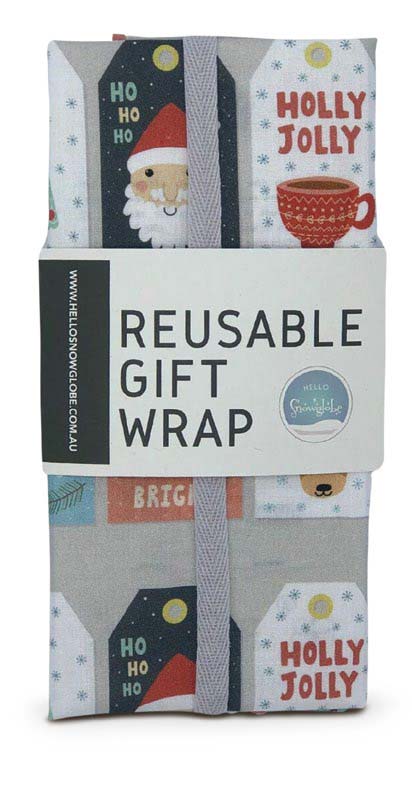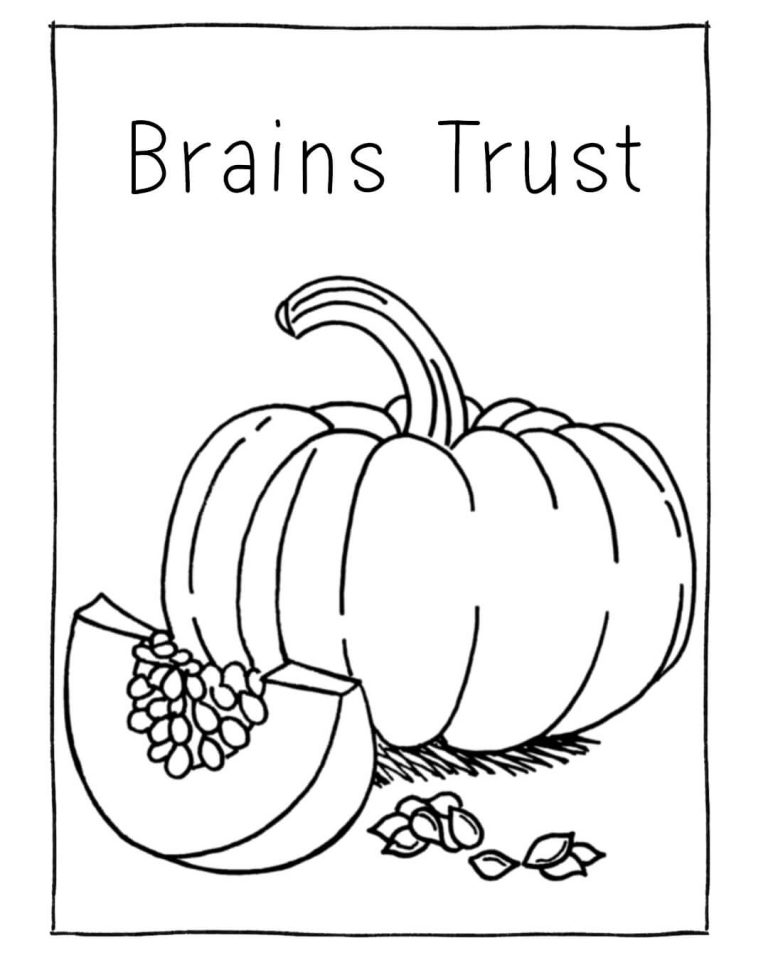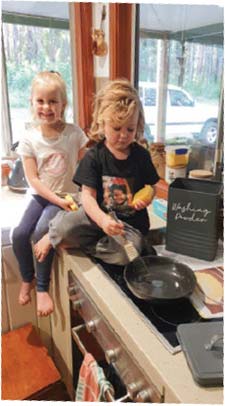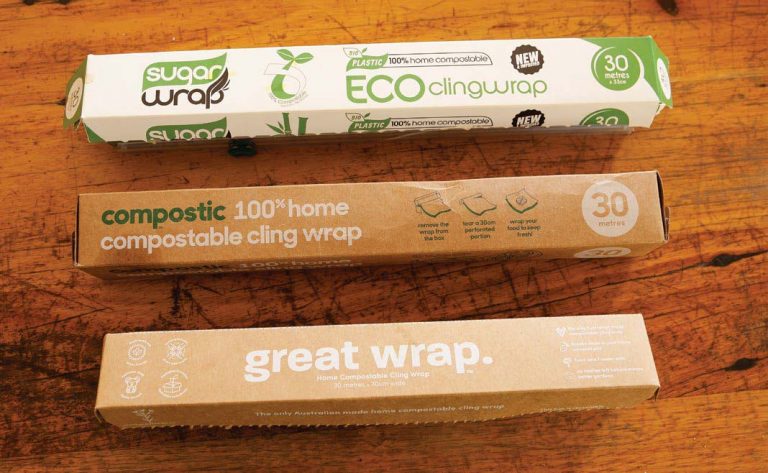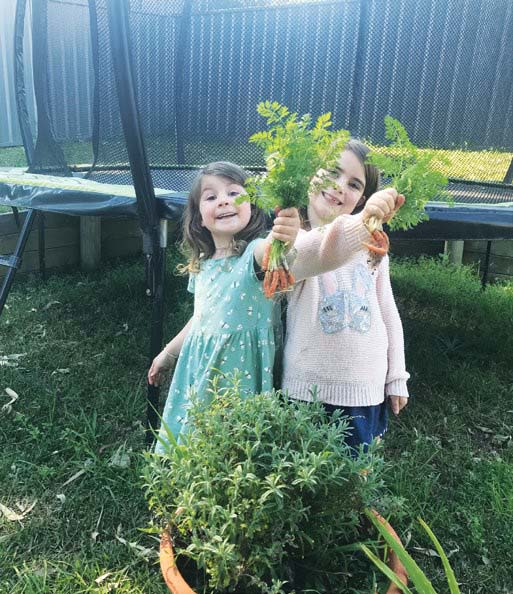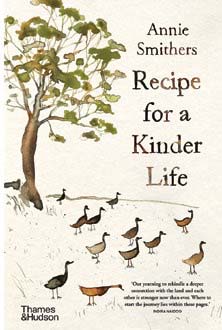Pip Noticeboard

When is the best time to mulch my garden?
Soil never wants to be bare, so whether you use your plants as a living mulch or cover the soil around your plants, always ensuring you don’t have exposed or bare soil reduces degradation. There are times though when a thick layer of mulch is not a great idea, like in winter with its heavy rainfall periods because young plants can rot if mulch is too thick and soggy around their bases. Mulch will hold moisture in the soil, so summer is a great time to ensure plants are mulched well. Just make sure your soil is well watered before spreading mulch and water again once it’s spread. Ensure mulch isn’t hard up against plants where they emerge from the soil, to reduce the risk of rotting and allow airflow.

